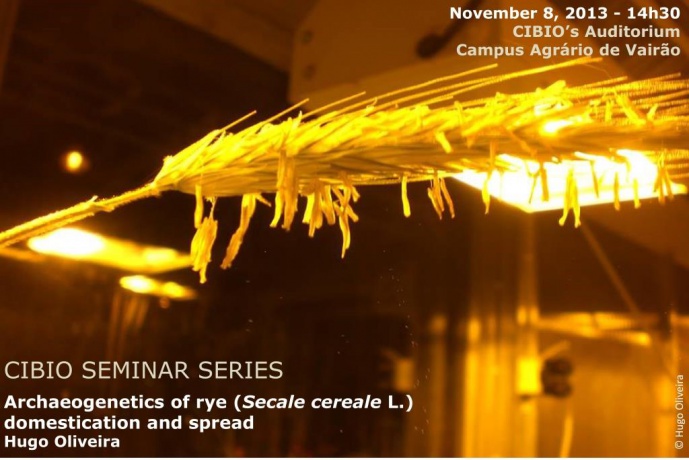ARCHAEOGENETICS OF RYE (Secale cereale L.) DOMESTICATION AND SPREAD


Compared to other cereals rye has an exceptional ability to thrive and to produce high yields in adverse environmental conditions. It is also a relevant species for our understanding of the process of plant domestication as it is the only cross-pollinated cereal taken into cultivation in the Old World. Uniquely, it also spread as an infesting weed, managing to adapt in a short time to environmental conditions as distinct as North Africa and Scandinavia. The screening of 768 genome-wide SNPs and 5 chloroplast SSRs in rye landrace accessions as well as wild and feral taxa opened up new views on rye domestication, adaptation and the role of this crop in resilience strategies for farming communities. These studies were complemented by the analysis of >150 year old grains from historical and museum collections of rye in order to assess temporal changes in this crop agro-biodiversity since the introduction of commercial varieties.
Hugo Oliveira is a post-doc researcher at CIBIO, associated with the EnvArch (Environmental Archaeology) research group. His research focuses on the genomics of plant domestication, ancient DNA in archaeological plant remains and in the interplay between biology and archaeology to understand how human communities have interacted with their environments throughout the past.
Image credits: Hugo Oliveira
